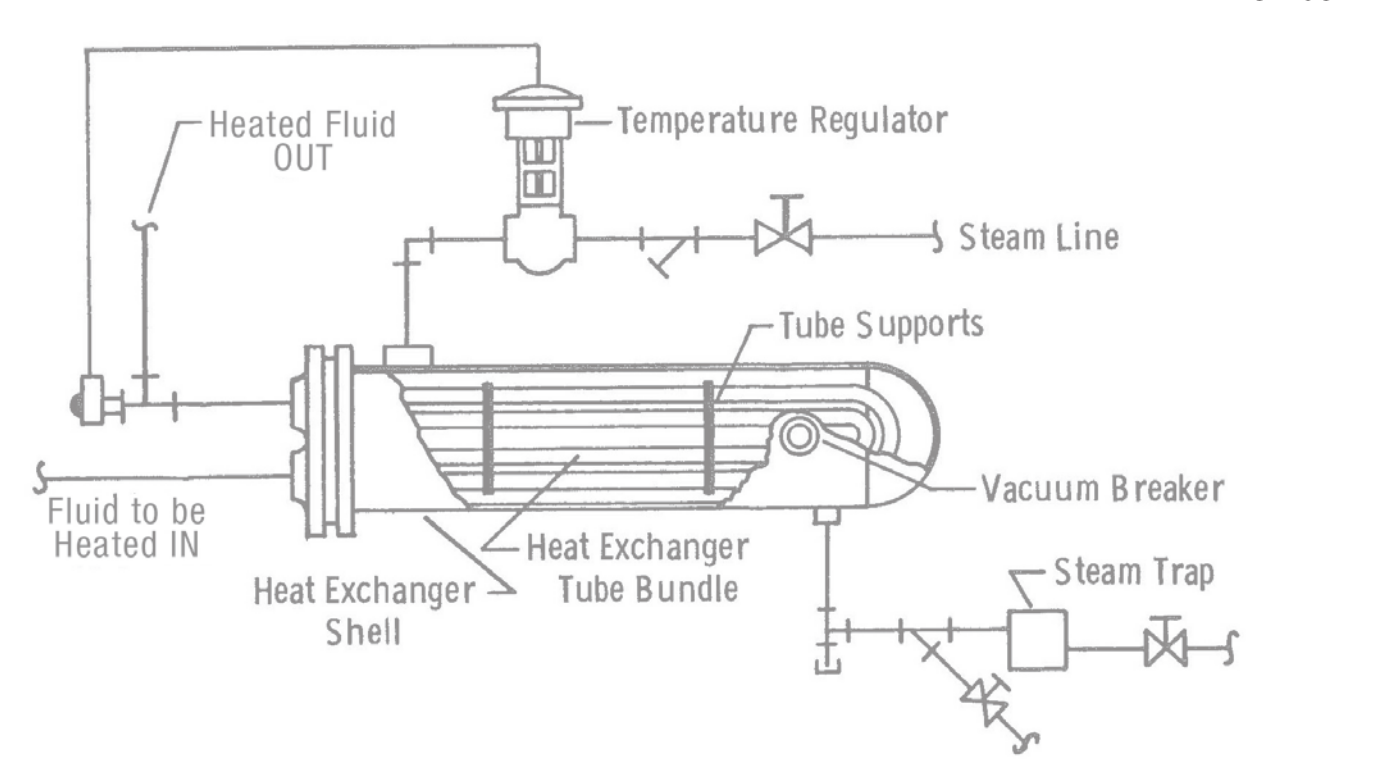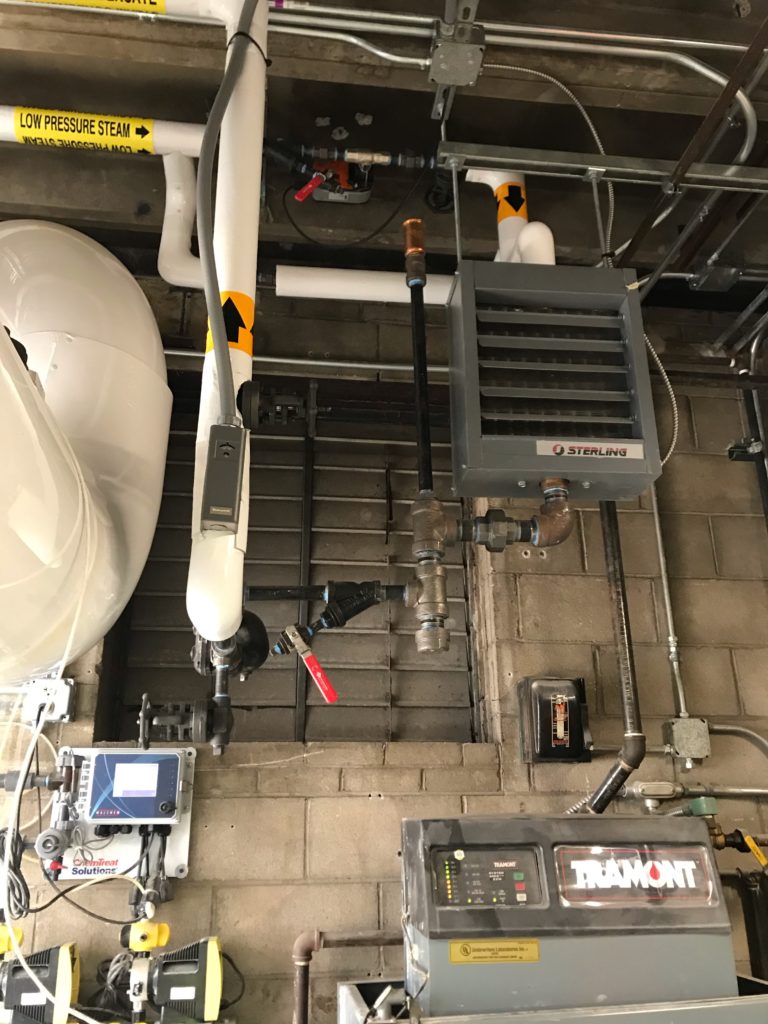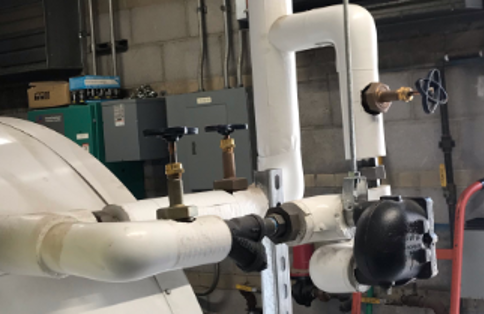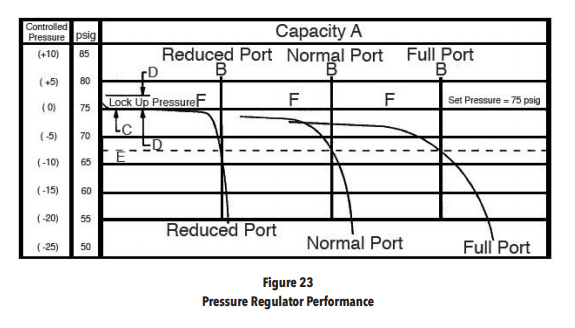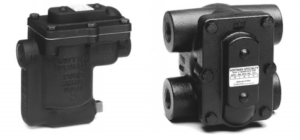 Steam heating systems are a dying breed in commercial and institutional heating systems. Engineers and contractors understand a great deal about hydronic heating systems. Sometimes, it may be a challenge to find someone in the firm with steam design knowledge. Today, the R. L. Deppmann Monday Morning Minutes tackles the relationship between the type of steam trap and the steam control valve.
Steam heating systems are a dying breed in commercial and institutional heating systems. Engineers and contractors understand a great deal about hydronic heating systems. Sometimes, it may be a challenge to find someone in the firm with steam design knowledge. Today, the R. L. Deppmann Monday Morning Minutes tackles the relationship between the type of steam trap and the steam control valve.
The Control of Steam Heating Terminal Units and Coils
Just as in hydronic heating, steam control valves may be modulating or two position on-off valves. The engineer chooses the type of control valve based on the need. Let’s look at three simple examples.
Example 1: Steam to water heat exchangers. Many universities and campus style health care facilities operate a steam plant which provides steam to the various buildings. In the building there is often a shell & tube, steam to water, heat exchanger often called a convertor. This convertor uses the steam energy to create hot water for a hydronic heating system and/or domestic hot water.
These exchangers require a modulating steam temperature control valve used to reduce the steam flow to maintain a hot water outlet temperature. As the hot water load drops, the steam control valve throttles the steam flow and the pressure to the heat exchanger.
Example 2: Steam unit heater. The steam unit heater is an example of a terminal unit with an on-off control valve. The purpose of this valve is different than an air handling unit coil or the heat exchanger in example 1.
The unit heater temperature controls simply turn the fan on and off to heat the space. There is no modulation of the steam quantity available to this terminal unit. If a control valve is used, its purpose is to close off the steam supply when it is not in the heating season. The control valve is either on or off. When the valve is on and the unit heater is operating, the steam flow and pressure are constant.
Example 3: No control valve. This is not really a control valve, but I thought this was a good place to mention areas where a steam trap is used but there is no control valve. A steam trap is used for condensate drip lines which has no control valve. If the steam is on, the steam trap is available to operate. Just as we saw with the unit heater, the steam pressure is relatively constant at the inlet of the trap.
The Steam Pressure in the Terminal Unit with Modulating Control Valves
The steam pressure in the terminal unit is relatively the same pressure as the control valve outlet. This same steam pressure is the pressure available at the inlet of the steam trap.
Steam temperature control valves differ in many ways from water or hydronic control valves. In closed hydronic systems, temperature control valves are sized for “valve authority.” The rule of thumb is to size the valve for 5 PSIG drop at full flow. If the system has 15 PSIG entering the valve, the outlet at full flow may be about 10 PSIG. When the required flow rate is less, the valve throttles the flow and the pressure is also reduced.
In steam systems, things are different. The modulating control valve is normally sized to take about a 50% drop in pressure at full flow. If the control valve has a 15 PSIG inlet pressure, the outlet pressure at full flow will be about 7 PSIG.
As the requirement for heating drops, the valve throttles. A major difference between steam and water is all about the outlet pressure. As the steam flow rate drops due to throttling, the outlet pressure also drops. In fact, at 50% capacity, the throttled modulating steam control valve will have about 25% of the inlet pressure. At 25% of the design flow rate, the steam pressure out of the valve will be about 1/16th. These are not exact numbers but close enough for this discussion.
The point is this. That 15 PSIG inlet pressure mentioned above will drop to less than 1 PSIG at 25% of the load. If the valve has any oversizing at all, the steam pressure will be almost 0 PSIG in the terminal unit.
The two position on-off valves do not experience this massive pressure reduction since they do not modulate.
What You Need to Know
The modulating steam control valve changes both the flow rate to and the pressure at the trap inlet. This coupled with the possible on-off cycling during a period of no load or very low load will have a direct impact on the recommended stem trap choice. This will be the subject of the next R. L. Deppmann Monday Morning Minutes.

